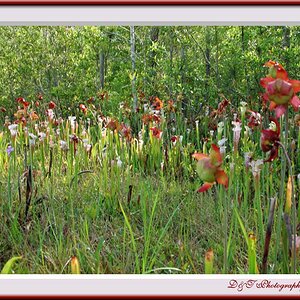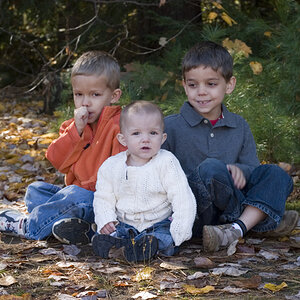andytakeone
TPF Noob!
- Joined
- Jun 10, 2015
- Messages
- 42
- Reaction score
- 6
- Can others edit my Photos
- Photos OK to edit
I know this is somewhat of a noobie question that I can find if I searched for it, but the things I've been reading recently have kind of been confusing me on this subject.
So I thought I might clear it up since you guys are good at being candid.
How does reflectance affect exposure? Do you only expose for incident light? Or does reflectance have a big impact on exposure? How big?
Thanks.
So I thought I might clear it up since you guys are good at being candid.
How does reflectance affect exposure? Do you only expose for incident light? Or does reflectance have a big impact on exposure? How big?
Thanks.




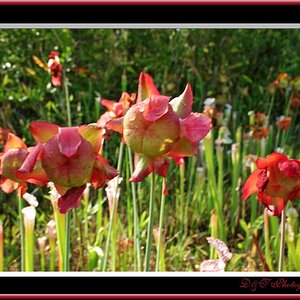
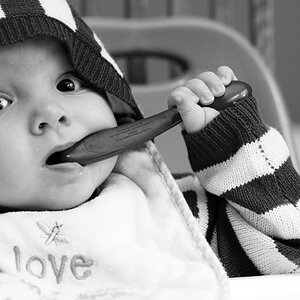
![[No title]](/data/xfmg/thumbnail/37/37606-3c9ffb5906173fa2aa489341967e1468.jpg?1619738148)
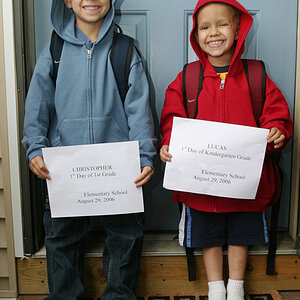
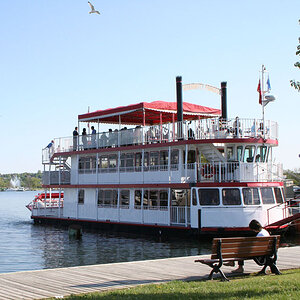
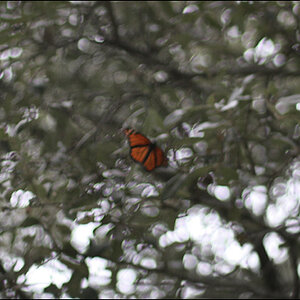
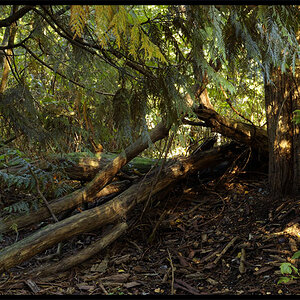
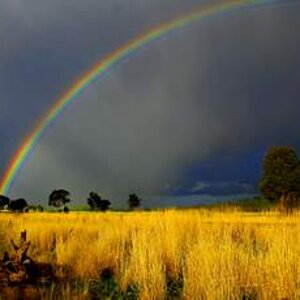

![[No title]](/data/xfmg/thumbnail/37/37605-90c8efaef5b7d1f52d4bf8e7dfd33673.jpg?1619738148)
